
If you’ve ever heard John Lasseter give a commentary or seen him speak in a behind the scenes feature, it’s almost impossible not to become infected with his enthusiasm about all things animation. (In the HOWL’S MOVING CASTLE DVD, he was giddy like a child when he met Miyazaki.) And now, in addition to his role as creative mastermind behind Pixar, Lasseter is also pulling double duty as Chief Creative Officer for all of Disney animation, undoubtedly one of the best decisions the Mouse House has made.
On a recent trip to Pixar, I was fortunate enough to participate in a Q&A with the man (my first interview ever), and he was just as energetic and excited as I expected. While he was tight lipped on anything having to do with Pixar’s upcoming slate or the new Disney venture, he wasn’t hesitant to talk about his inspiration for CARS, the animation format (not genre!), and just what makes Pixar so darn special.
John
Lasseter

We were all saddened to hear about the loss of Joe Ranft. What was his involvement in this film and at what point in production did you lose him?
Joe Ranft was our co-writer and head of the story department. He did a lot of storyboarding and he helped create the story of CARS. He was on it from the very beginning with me. We’re both from Whittier, California but we met at Cal Arts and then worked together at Disney for many years. He’s been involved as a key member of our story team for years, pretty much each of our movies, especially the ones I directed. Joe was involved from the beginning on CARS, especially with the character of Mater.
Joe is a very good actor too; he does voices. As we make these movies, we do the script but we also make a version of the movie using storyboards, well in advance of production and dialogue recording. So a lot of the people here at Pixar do the temporary, what we call, scratch voices and Joe was performing multiple roles in each movie because he was such a good actor. And he started doing the voice of Mater. Years and years ago, when those fake hillbilly teeth came out, I ordered a pair for Joe. Best twenty bucks I ever spent, because he could make me laugh as soon as he put those things on. And he put these teeth in wherever we went and became this really funny character. And with Joe, sometimes his voice is so good it’s not replaceable. In A BUGS LIFE, he did Heimlich because nobody was as good as him. And also Wheezy the asthmatic penguin in TOY STORY 2. In almost every movie you can hear his voice.
And unfortunately August of last year we lost Joe in a car accident. The story for CARS was complete and we were busy finishing up the animation and he was on a little vacation. Still to this day we miss him terribly here. It’s nice to hear his voice though and he is all over this movie. The character and heart of Mater is pure Joe
Ranft.
We’ve always seen these animated movies come out in sets of two—two bugs, two fish. Why do you think you’re the only one who picked up on cars?
[pause]
I dunno.
[Laughter] We’re the only ones who start our movies—all our movies are original.
No, no. I wasn’t saying anything about that. Just as far as culturally…
I dunno. Maybe because it’s hard to do?
Is that extra gratifying to you?
We announced [CARS] years and years ago, so people have known that Pixar was making this for a long time. Plenty of time for someone to cobble one together, but they didn’t.
I watched CARS two nights ago with my dad who’s a car nut and he—
Oh, that’s right you got the DVD early. Lucky you. I don’t even have a copy yet.
He hadn’t seen it and he’s a big car nut. Throughout the movie he kept pointing out all the different cars. Were the ones that ended up in the movie inspired by cars you saw in your research trip or did you have favorites you wanted to animate?
Yes to both of those. Each car, each character, found its way in to the movie in different ways. My dad worked in a Chevy dealership so I had to have a Chevy in there because when we were kids, it’s like you were either a Ford family, a Chevy family, a Dodge family, or something like that And we were a Chevy family and my favorite Chevy was a ‘59 Impala, which is what Ramone is. I also grew up in southern California and there was a lot of lowriders around.
Whittier Blvd. was really fantastic, one of the top cruising streets in California and there were a lot of cool lowriders, so it was kind of fitting. Doc Hudson actually found its way in to the film mostly because of the inspiration I had as I learned about the car. I was unfamiliar with the story of the Hudson Hornet, but as I learned about it, I saw how innovative it was, how it was ahead of its time. It dominated racecar driving and it was a fast production car of its day, being a 6 cylinder. And you look at it and its like, “That car!?” It’s like a “grandpa” car and that’s exactly how McQueen should look at it.
Lightning McQueen was something…we wanted the main character to look like a modern day Nascar but have a little more shape to it. So we were inspired by Nascar and the older Le Mans cars like the Lola’s and the GT40’s that had those beautiful big rear fenders.
After his paint job he looked like an old ‘Vette.
Yeah, when he got repainted he had a touch of the 57 ‘Vette in there. And we had Mater…Joe Ranft kept drawing him with those big buck teeth and it sort of evolved. He was inspired by this footage of these old rusty tow trucks we saw on the side of road in Galena, Kansas on our first Route 66 trip. And there was something about this rusty truck that had a great quality to it.
We didn’t get any hot rods in there. There’s this list of cars and subcultures we wanted to get in the movie, and we tried. I have a 1952 Jaguar XK 120 that my boys call Fletcher, and we were trying to get him in there someway. As the story evolved, we had more and more characters and they kind fell by the wayside.

Do you have any advice for aspiring animators?
Sure. What I would recommend, the most important thing to do as you are learning to do animation, is don’t get seduced by the software or the tools. Take time to learn the fundamentals of animation, hand-drawn or computer. It’s not about the software; it’s about what you do with it. Learn basic design—learn how to draw—because even with using computers, [drawing] is still the easiest way to get your ideas from your head so that you can communicate with other people.
So often I see people bypassing these fundamental classes that teach you basic design, basic drawing: “These things are boring…I want to be making stuff with all these new tools that are out there!” But the most important thing is to realize that the tools will change, and they have tremendously in the time I’ve been working, but it’s always what you do with the tools that makes the difference. It’s the story, it’s the characters.
Is there going to be a rise in the production of 2D animation?
I can’t really talk about it right now, but I definitely love all mediums of animation and you’ll be hearing more about things like that in the future.
You spent a lot of time talking about the main characters, but it seems to me that the town itself, the road and the rocks, all have a lot of their own subtleties. How did that come about?
In creating a movie where cars are alive—they’re the living things in this world—we started thinking about that in every aspect we could. Bill Cone, one of the production designers, said to me one day, “You know how we as humans look at rocks and mountains and clouds and we see human faces and animals…if cars were alive they’d see car parts.” So from that, we’ve all heard of Monument Valley; well, we created Ornament Valley. I vacation a lot in Utah and Arizona, that stretch on Route 66, and it’s so spectacular, the buttes and the rocks and all.
It really was a natural thing because a lot of them were very smooth and I would take a lot of pictures and we came up with this idea that rock formations would look like the fronts of old cars with the fenders. They have different colored stones in that area, with the red and grey, and we thought the grey would be where the chrome would be and red would be where the car paint is. And so we just had fun with it. And we went into incredible detail, and now with the DVD you can go see it.
When McQueen goes and gets stuck in the cactus, the prickly pears on the cactus look like cars. And the flowers that Red is watering are actually taillights from 50s cars. So the level of detail—of course you’ve all seen the little insects which are the tiny Volkswagens—so we had fun really thinking through, not only looking at the towns and the establishments, but finding parallels between what cars needed and what humans needed. Like a restaurant to us is like a gas station to a car. And the one we had a lot of fun with—the idea that a tire shop is like a shoe store.
One detail people don’t notice…Luigi, in his tire shop, he has that mirror in the corner where you can try on tires, but there’s a little piece of asphalt so they can look and see how their tires look. It’s those kinds of details we like to put in these films. And honestly when you watch it the first time in the theaters it just kind of goes by, but that’s one of the things I love about making movies for the theaters, but also thinking that they’ll be on DVD because there’s so much detail that its impossible to see it your first time through. But the second and third time, when you can pause things and really study it, the detail is there. We sweat every little bit of detail.
And this is one of those movies you can watch over and over again.
Yeah. I have five sons and we just sit and watch my boys watch movies and when they like it, they watch it again and again and again. And I do this thing where I’m like, “You can watch BAMBI…or you can watch this piece of garbage here. What do you want to watch?” And they go “WAAAAAH,” and I go “Okay, you’re going to watch BAMBI, you’re going to watch DUMBO,” because they realize that, you know, I have to suffer through it too.
So my wife always says, “Make sure you make these movies, not for the first time somebody sees it, but for the 100th time a parent has to suffer through it. And that’s actually one of the nicest compliments we get is really from parents who say “Thank goodness for your movies,” because they can sit and watch them. Some parents jokingly complain that “You’re movies are too good. I’m sitting there working and the next thing you know I’m sitting down, watching it again. I’ve seen it twenty times and I still get sucked in.” And that’s why we put a lot of effort in to these.
With this whole winner-loser theme going on with McQueen, I would like to know if it’s a metaphor about American society and how it idolizes too much people who are successful?
I’m just a geeky animator from northern California. So don’t put too much in to it that’s more than what’s there.
It is a very personal story for me though. It’s more to me about the theme that the journey in life is more the reward. I’m very, very busy with my life and my job, probably more so than I want to be, you know, but that’s life. We all are extremely busy. You don’t get to do everything you want to do. And I found that as I was helping build Pixar into a studio, directing those first three movies, I had four of my five sons. And it wasn’t until my wife said something as I was finishing up TOY STORY 2 that if I don’t pay attention to my boys a little bit, that they grow up really fast and you’ll miss it if you don’t focus on it and be aware of that. So this movie kind of became about that.
And that’s really what the depth of this film comes from is that it’s personal, it happened to me. And the message is not that life in the fast lane is bad, it just needs to be in balance, you know. If you don’t have friends and family for the sake of a career, when you’re a success you have no one to share it with. It’s much more satisfying to have people around you to share in your successes, and to help you through your difficult times. That’s what life’s about.
How does that affect your workload now?
The key thing is the balance of family and work. The more you get caught up in it with extra stuff—you might get invitations to this and that—but you just have to focus on what’s important—my family, Pixar, Disney and work. And this place is my family too, and it’s great to build that.
Are you making any extras for a Blu Ray release of CARS?
Well, we were very excited about this version, because one of the things that was very important for us is that this is—we were swamped making this movie. It was very difficult to make, there was a tremendous amount of detail and the rendering times were astronomical because of all the detail in the film. And with the lead time for DVDs, you have to be making the DVD while you’re making the movie, right? So there was a debate as to what do we do to make the extras for this. And for me it was always, “Let’s make the highest quality extras we can.”
So we focused on making MATER AND THE GHOSTLIGHT and focused on making this documentary and a few other things. But our website is expanding, and we have a lot of stuff on the website—there was some little documentaries made for the publicity that are there and we’re producing some more of those. So it’s the combo of the DVD and the website that give us a lot of the extras. In the past, because websites weren’t seen too much, we put it all on the DVD, but in this case we wanted to offer it for free to people on both places. And so we focused really on making this DVD as high quality as possible in the limited time we had.

Do you take suggestions from the Internet to see what appeals most to fans?
During the making of the film? We don’t usually take suggestions from kids on the outside and we don’t do many test screenings either, but we do one that’s very important for us. And that’s when we have 70% of the film animated and there’s still some time to make tweaks to the story, and so we watch the movie. And, you know, by this time we’ve worked on the movie nearly four years and you get pretty close. There’s a term, “You can’t see the forest for the trees” and for us, we’re looking at the veins of the leaves on the trees in this forest in the mountains.” And so we get very close to the film, but it’s nice to watch it with a real audience.
And I actually like to watch the audience watch the movie. I usually find the audience is 100% honest while watching the movie, afterwards when they talk to you they might change things. And I can tell when an audience gets restless and they’re not in the movie, and when they’re completely still and reacting I know that we’ve got them. And that’s what’s really important to me. So we adjust the pacing, the timing; if we feel that they haven’t laughed in too long we’ll add a joke here and there, and so we made a few adjustments to the film but not too much. You know, people really like Mater…and especially tractor tipping.
Thinking back to TOY STORY, you could say Pixar changed the face of animation and made Disney far more relevant to a new generation. And now years later you’ve got a lot more players: Sony, Dreamworks…
Fox, Blue Sky…
Did you guys raise the bar? And if you did, how are you going to stay at the top?
Well, it’s not really for me to say whether I raised the bar or not, that’s for other people to say. Chuck Jones, one of my mentors and a great animation director, always had a term that I believe: “Animation is a gift word.” You can’t call yourself an animator, that’s something for other people to say that you are. It’s a gift word. And so for us, we love the medium of computer animation here at Pixar. Pixar has invented much of it. A lot of studios are using our Renderman software to do the rendering of it. And so everything we’ve done at Pixar has been something no ones ever seen before and it’s always a challenge for us.
And I think that Pixar is a studio of pioneers. And that’s why a lot of people work here; they love doing something new that’s never been done before. If we just kept doing the same old thing again and again [Jason’s Note: i.e. movies about animals fighting humans], most of our people would leave, because that’s not why they’re here. They love to be challenged. They love for me to come to them and say “We don’t know how to do this. Here, figure it out.” And they live for that. It’s much harder work that way, but that’s what drives us.
So every movie we do is very different than the one before and so we’re really raising the bar for ourselves, in some sense, because of the stories we create. First of all, we choose the subject matter that lends itself to the medium of computer animation and the medium at a certain place in time. When we started TOY STORY, most of the rendering tended to look kind of plastic and the shaders weren’t as sophisticated as we have now, so that’s why it was perfect to have main characters made of plastic. And as we go on, monsters seemed like a great thing…except the main character was covered with fur and we didn’t know how to do fur very well. It was like pins or something; it wasn’t very soft and it didn’t blow with the wind, but we figured out how to solve it. The underwater world in FINDING NEMO we didn’t know how to do and we figured it out, with the translucency of the fish and the unique look that an underwater world gave you. Humans in THE INCREDIBLES…that was a big advance for us because humans are by nature the most difficult things to do with the computer.
And so cars seemingly fit right in there with the inanimate objects and stuff, but we found there were so many difficulties with cars in the sense that everyone is so familiar with the way cars look—kids and adults—because of the ways you drive and look at cars. But our cars weren’t looking like that and we didn’t understand why. And we figured out that we had always cheated when we did reflections, when something was shiny enough to reflect that outside world, we did a cheat where we kind of reduced what it was seeing to a 2Dpicture and reflected into it. And most of the time that worked fine.
But when you look at a reflection in a car windshield or the enamel paint, it’s actually like a mirror; its reflecting a true 3D world and when cars move through the world, you actually see the parallax of things within a reflection that are dimensional. And so once we recognized that we realized that we needed to do true reflections which is a technique called ray tracing. Which has been a round for a while but it hasn’t widely been used because it’s so computationally expensive. It really takes a long time to compute ray traced images. And so that’s why this fake that we developed works fine because it’s much quicker. But this time we had to do it the hard way, and once we did that, all of a sudden cars started looking like real cars. And I can’t remember what your question was. [laughs]
Is there room for other competitors?
I think so. I’m a big lover of animation. I love animation of all types, not just computer animation. And the way I look at it is there’s 52 weekends in a year. You know, everybody’s saying, “There’s 14-16 films coming out this year, that’s so many!” But I’m like, “Yeah, but there’s 52 weekends, you know. The pool is great; the water is the perfect temperature, come on in.” I’d much rather be in a very healthy industry, than the only player in a dead industry.
Part of it is that the more studios out there, the more talented people can make a living in this. More people can raise a family, put there kids through college or buy a house working in animation when there more films out there. I think the goal is for every studio to make really good movies that audiences truly love, because then they’ll do well in the box office and the people who invested in those films will be willing to invest in the next one. If they make bad movies, then the people won’t be wiling to invest the next time. So that’s the goal. I’m very positive.
You talked about the increasing technical challenges with each film, so what’s the big hurdle with rats?
The rats themselves. Our new movie RATATOUILLE is about a rat that wants to be a fine chef and it’s a story about following ones passion against all odds. And what odds…you know, a rat to a kitchen is death and a kitchen to a rat is death, so those are pretty big odds.
One of the challenges we had with that is that in the principles of animation there is a technique called Squash and Stretch, and its been a part of our animation from the very beginning. As a student animator, one of the tests you do is to start with a bouncing rubber ball, but then you go on to what they call the “flour sack.” And it was something I learned. Its like—you know the old cloth sacks of flour—if you take it and lift it up you can see that it kind of stretches out and you drop it. Pffft. And you move it all different ways and what happens is it’s constantly flexible however it never changes volume. And that’s the essence of Squash and Stretch.
And that’s something by nature that hand drawn animation has been able to do extremely well. You look at the Seven Dwarves—Dopey and Doc and Grumpy and all that stuff—they were doing it back then so well. But it’s something you haven’t seen in computer animation. In THE INCREDIBLES we did an amazing job in getting the feeling of bone structure underneath with muscles and the skin and the clothing on top of that, which is totally unique and hadn’t been done before to that level. But it still didn’t have that Seven Dwarves level of squash and stretch that we loved as animators. And so when we started with RATATOUILLE we said we want to solve this, we want to figure out a way to get the really, really flexible.
And just like in CARS, where we studied the cars, studied Route 66, studied every aspects of it and the physics of the cars…the same goes for the rats. We have these pet rats in the animation department that you watch and you see how they move and they curl up into a little ball, they stretch out, they climb under things, they climb over stuff. It’s unbelievable. And that’s been a very exciting development. And when you see the characters and you see them moving around, its pretty special. It’s unlike anything you’ve seen. It’s very natural for the world we’re creating, in this kind of cartoony world that takes place in Paris, France and the French countryside. It’s really special and you haven’t seen this in computer animation before.
In this industry of big business, is it harder now to keep things honest and authentic with people’s economic expectations?
We are who we are. What’s nice is that Pixar is a group of very smart, very talented, artists and technical artists and computer scientists. We all work together with one simple goal—to make great movies that truly entertain an audience. And as long as you stay focused on that… We’re very honest with ourselves. We are our toughest critics. We are the ones who give ourselves the most pressure to make a really good movie. And each movie is very hard to make. We never rest on our laurels. We never think that we know what we’re doing because we’re constantly growing.
We have what we call Pixar University here, its ongoing education for our people. These are the pioneers; these people have invented this medium. We’ve created all this great stuff. But still we keep educating ourselves because we know we can be better. Its great, because the medium is constantly growing. You know, the tool we use is the computer, and think about it, do you ever think that computers are going to… “That’s it! The fastest we can make a computer chip. That’s the most memory we can shove in to a computer! That’s it we’re done!” That’s never going to happen. So that’s our tool, and we know its going to continue to grow. But also we also know that we as artists can keep getting better and that’s a simple, simple thing and we’re honest with ourselves. And it really gets down to another simple thing: we love to entertain our audience, in both the theater and at home with the DVDs. We’re constantly thinking about that. That’s our only thing. It’s about making great movies.

Couldn’t have said it better myself. Much thanks to Mr. Lasseter for talking to us (and for making great movies).
CARS comes out on DVD TODAY, November 7, 2006. You can read my review HERE.



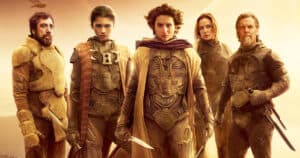
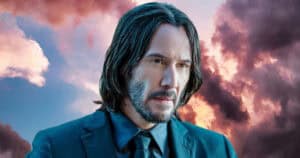
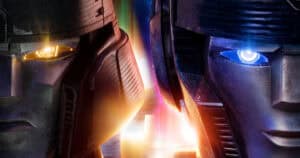
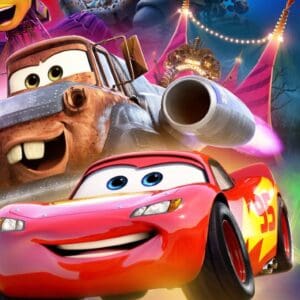
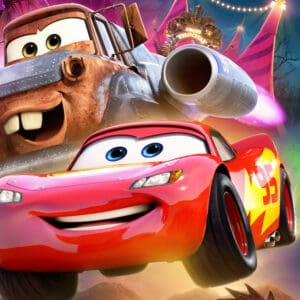
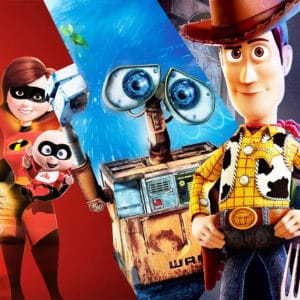
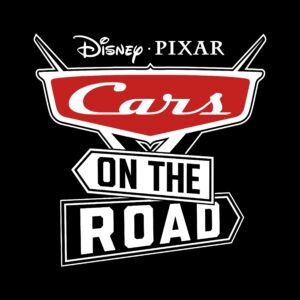
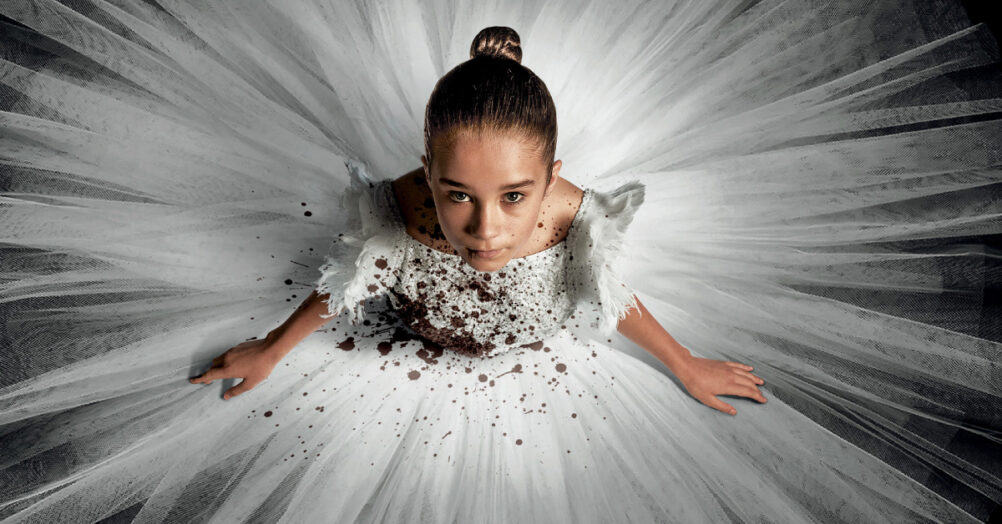
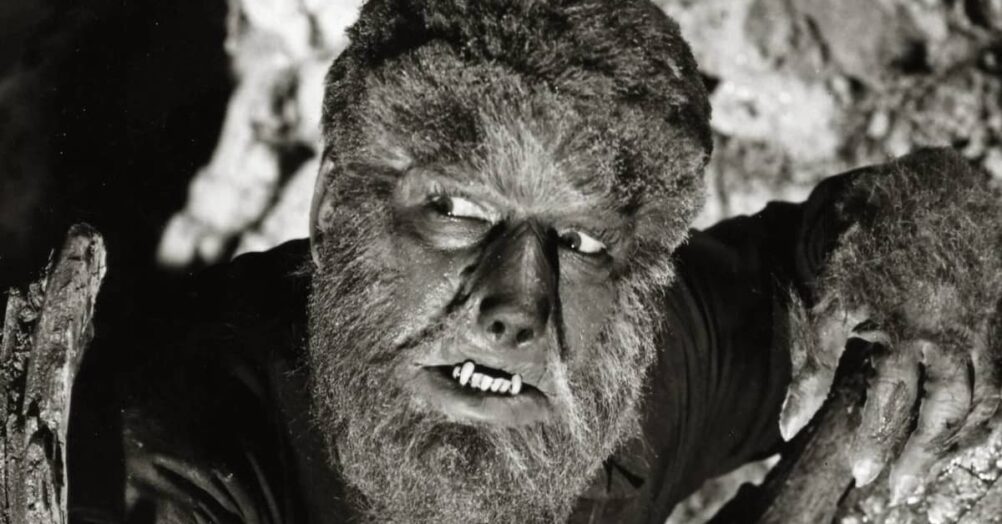
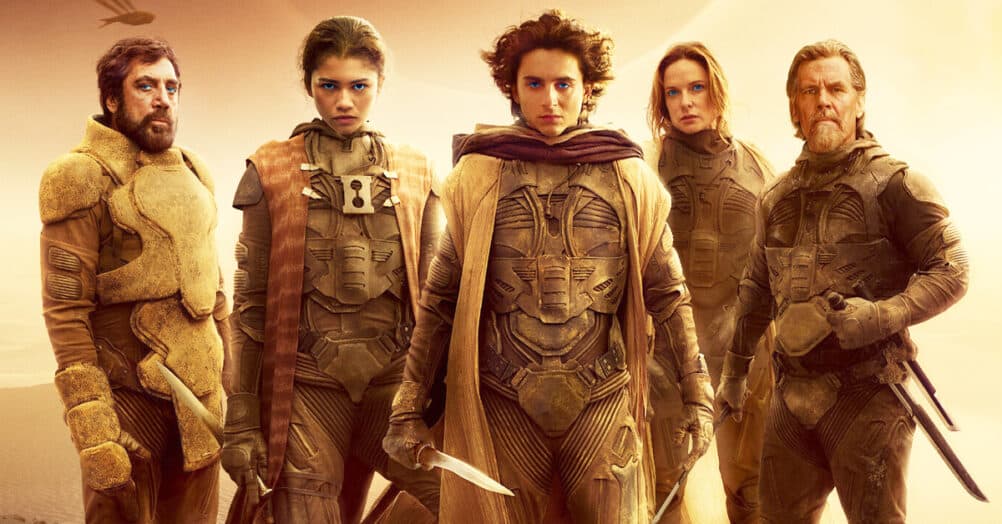
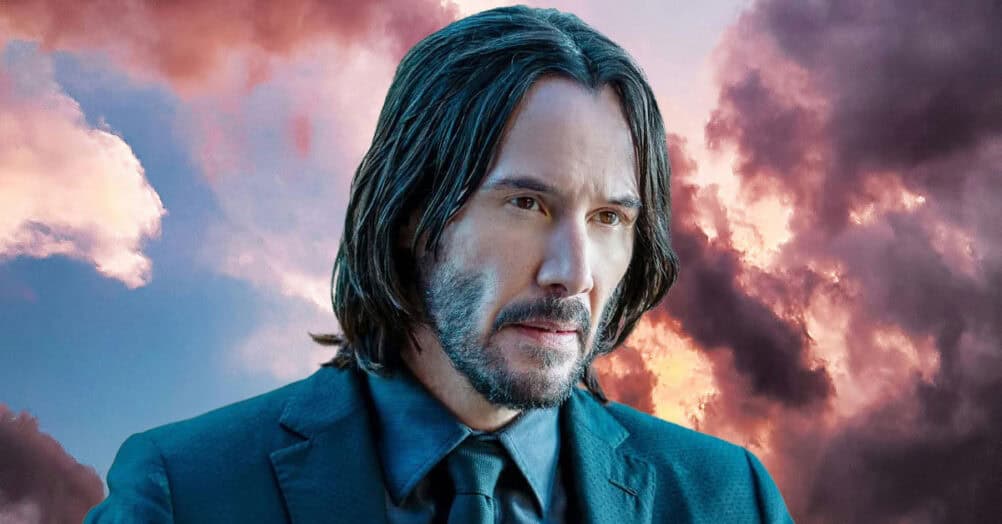
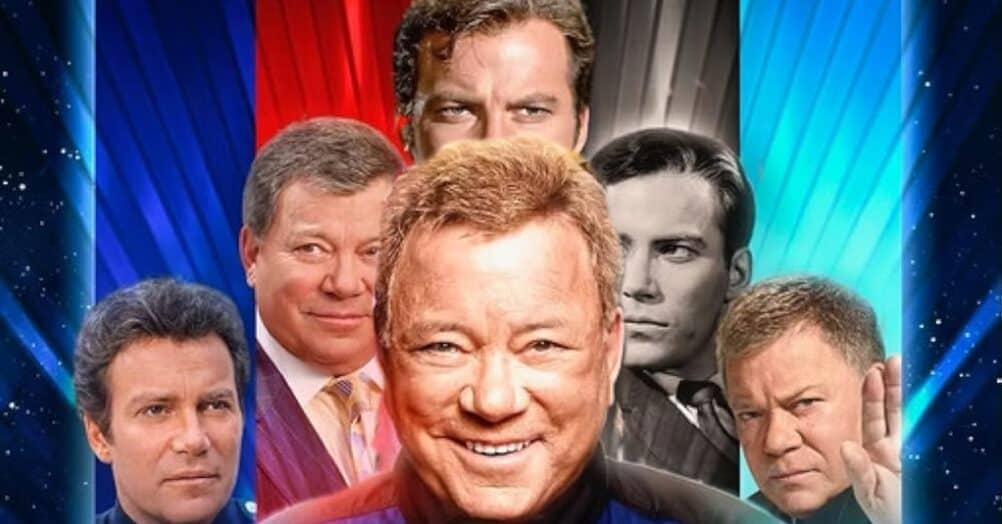
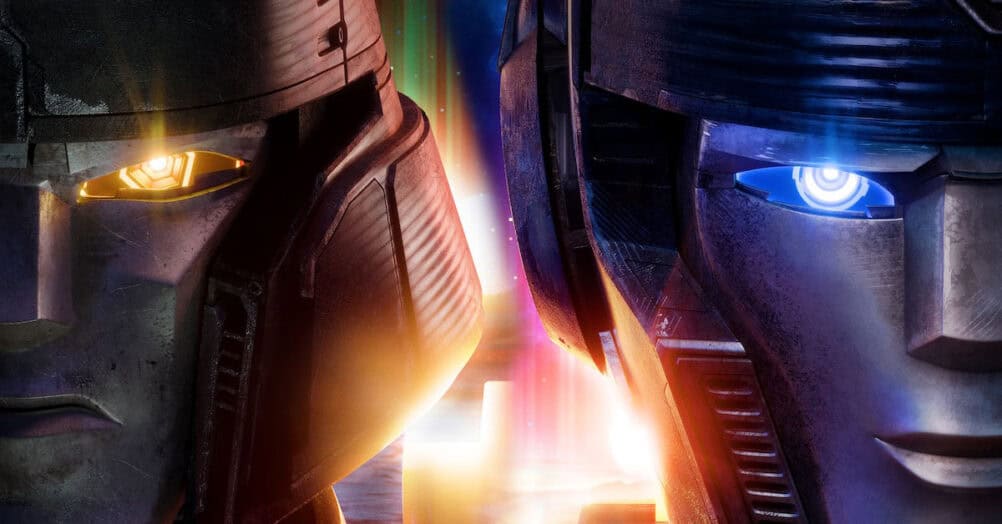
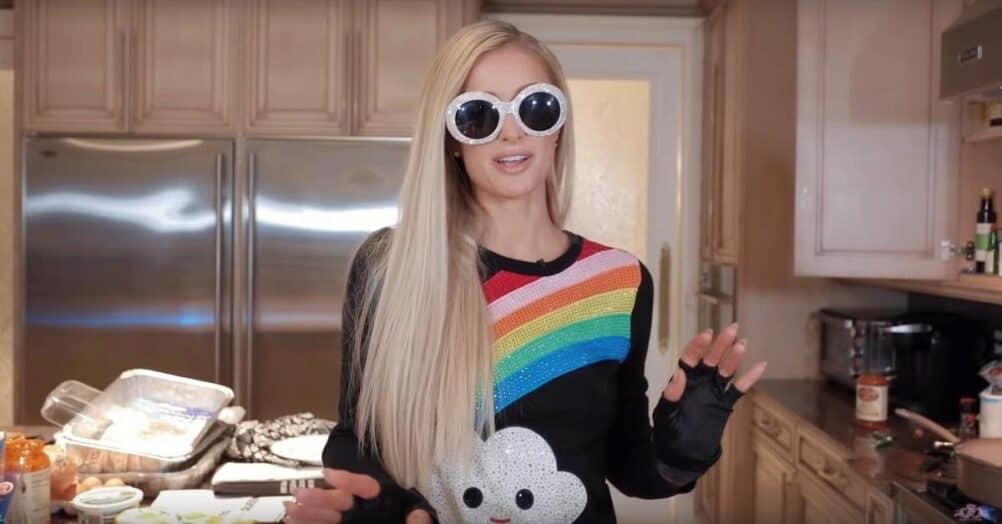
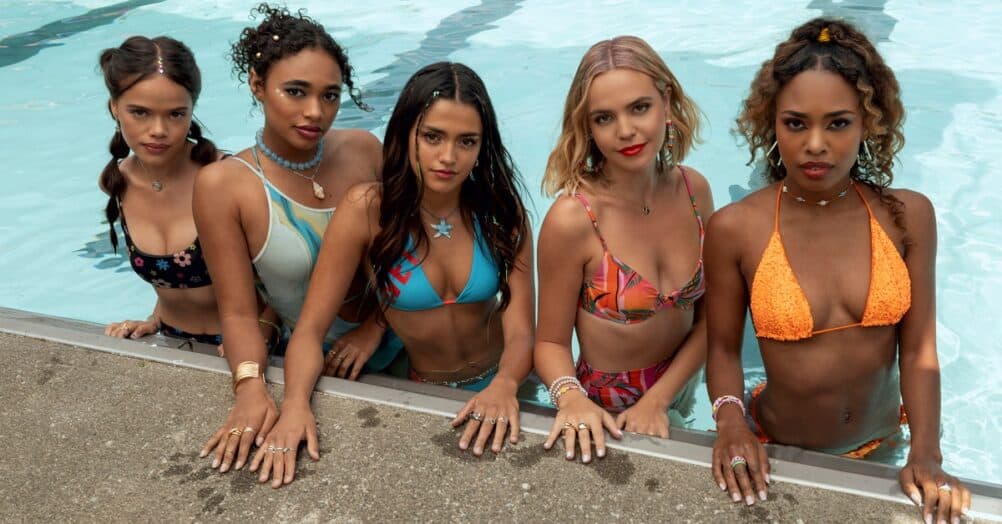
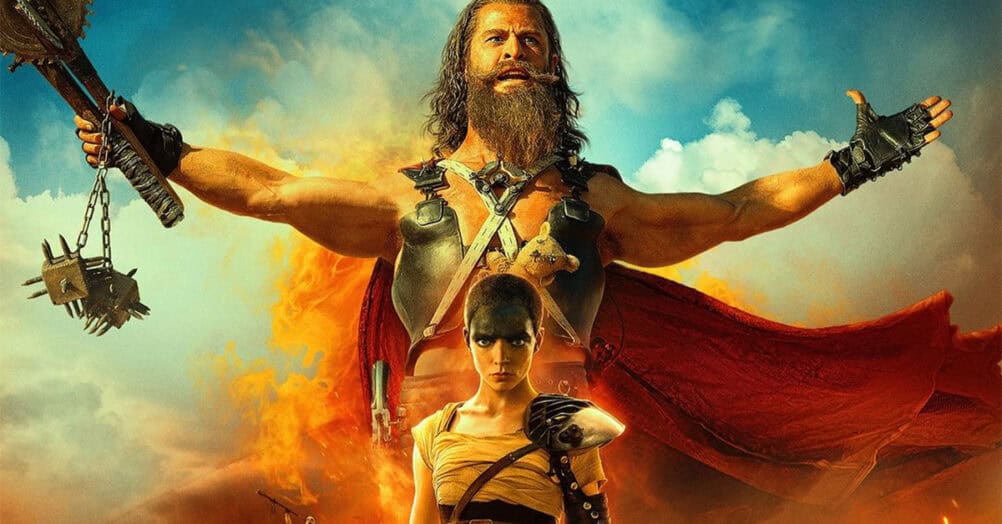
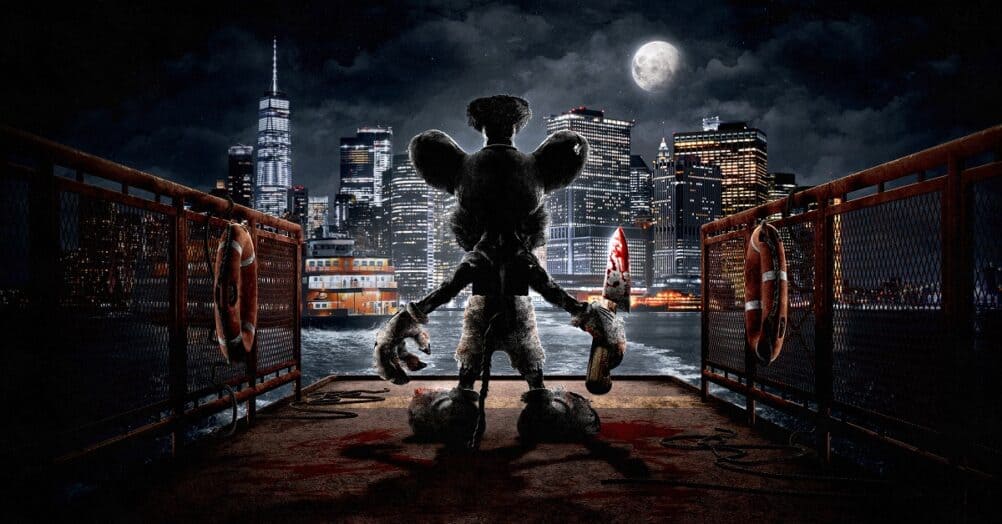
Follow the JOBLO MOVIE NETWORK
Follow us on YOUTUBE
Follow ARROW IN THE HEAD
Follow AITH on YOUTUBE